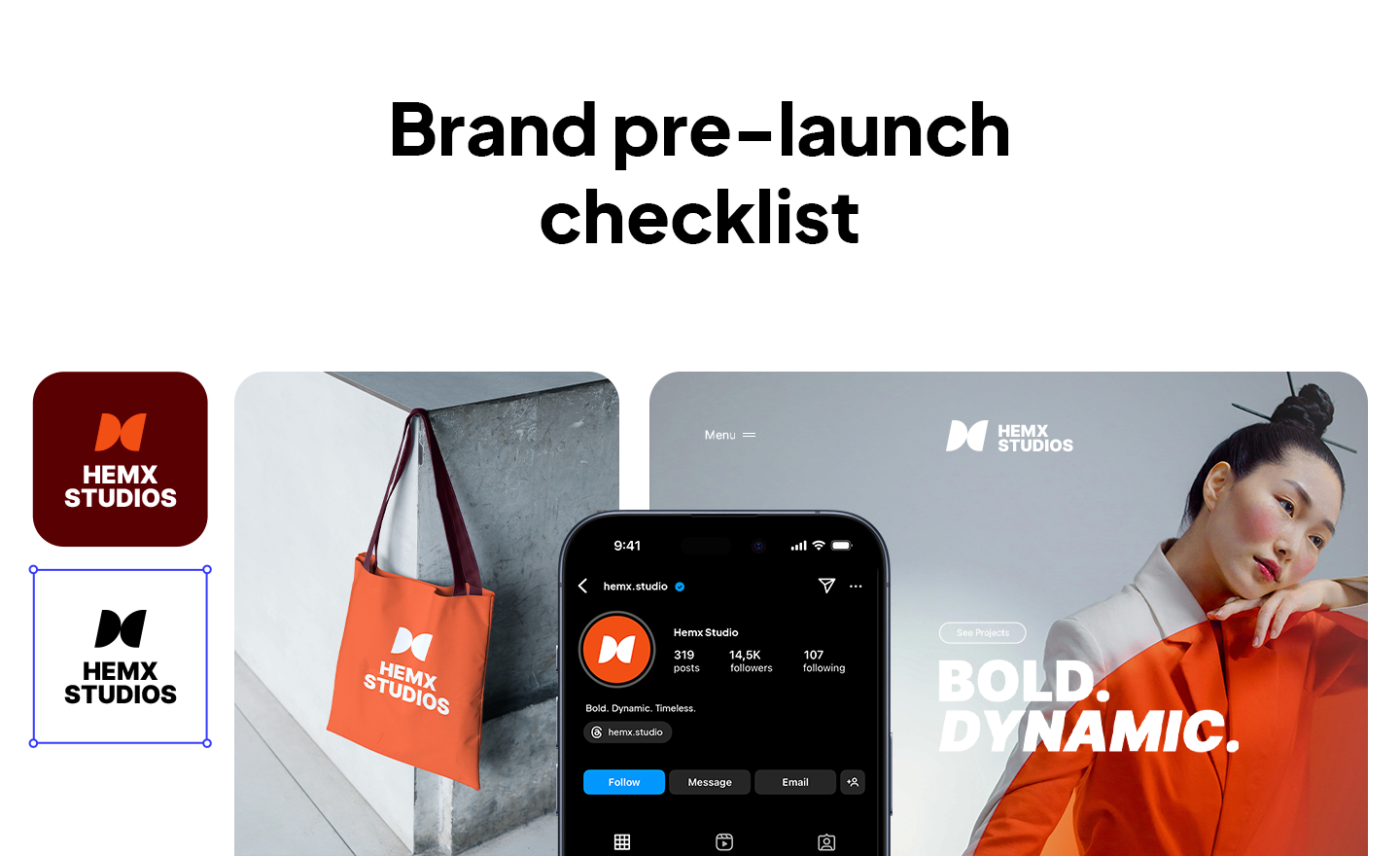Creating content is one thing—knowing if it’s actually connecting with your audience is another.
You might be getting views, likes, or even shares, but what do those numbers really tell you? If you want to know whether your content is truly working, you need to dig into engagement.
In this blog, we’ll walk you through how to measure content engagement in a way that makes sense. We’ll cover the key metrics you should be looking at and share some practical tips to help you make the most of that data.
Whether you’re running a blog, managing social media, or creating videos, this will help you determine which part of your content marketing is resonating with the audience and which part isn’t.
How to Measure Content Engagement: Key Metrics & Best Practices
Understanding Content Engagement
Have you ever poured creativity into a blog post only to get… silence? Or launched a marketing video that drove real sales? That’s content engagement in action.
Content engagement measures how your audience interacts with your content—clicks, comments, shares, reading time, and more. It’s what separates a post that sparks conversations from one that fades into the void.
Higher audience engagement means they are more likely to follow, trust, and eventually buy from you.
How content engagement relates to ROI
Engagement isn’t just a feel-good metric—it directly impacts your return on investment (ROI).
Here’s how:
- Expand your reach and visibility: Encouraging interaction (likes, shares, and comments) amplifies your content’s reach. Delivering quality content consistently also boosts SEO rankings and brand awareness
- Increase conversions and site traffic: Engaging viewers with compelling content improves the chances of them clicking your CTA. Engagement converts content into subscriptions, sign-ups, and sales
- Build authority and trust: Sharing valuable insights that resonate with needs and pain points also positions you as an industry expert. It strengthens brand credibility and helps build loyalty
Better engagement ensures your content works harder for your business. That’s precisely why you must measure content engagement effectively.
🌟 Featured Template
Supercharge your content strategy with the Smart Goals Template! This easy-to-use tool helps you set clear, actionable engagement goals and track your progress every step of the way. By following the SMART framework, your team can focus on what matters most—creating content that connects and delivers results.
Key Metrics to Measure Content Engagement
Once you’ve mastered the basics, it’s important to understand where and what to look for. Here are a few indicators that help reflect your engagement levels.
Click-through rate (CTR)
Need to understand if your content is doing its primary job? CTR is where you start.
Click-through rate (CTR) is the ratio of how many clicks and total impressions a page receives. The resulting percentage tells how many people acted after seeing your content.
❓How do you understand it? A high CTR means your post, particularly CTAs, resonates well with your audience and gives them a compelling reason to take action.
Here’s what Chris Cunningham, the founding marketing team member at , says about content engagement:
Average time on page
Wondering if your content grabs attention or gets skimmed? Average time on page helps answer that.
It gauges content quality, relevance, and whether you’re reaching the right audience. Average time on page is calculated by dividing total time spent on a page by the number of unique visitors.
❓How do you understand it? More time means users are engaged. If they bounce quickly, your content might not be resonating or delivering what they expected.
💡 Pro Tip: Hook readers early with an engaging first sentence to boost CTR and page time!
With content constantly evolving, a live goal-setting framework keeps marketing strategy teams on track. makes this easy with a built-in tool for managing content KPIs and big-picture OKRs.


Goals helps you set, track, and achieve content engagement metrics with precision. Each goal or OKR can be broken into detailed task lists, linking tasks and projects to measurable outcomes.
Each goal is updated in real time based on team progress, ensuring transparency. Plus, you can assign owners and responsible parties to drive accountability. This keeps content creation and delivery on track, even in the busiest workflows.
Bounce rate
Visitors often leave without interacting when your content lacks relevance. While they may have gotten what they wanted, it still doesn’t scream engagement.
Bounce rate measures this. It’s the percentage of users who leave after viewing only one page, highlighting how often your content leads to a quick exit.
❓How do you understand it? Remember, bounce rate alone doesn’t reveal engagement; it must be paired with other metrics. Along with low time on the page, high bounce rates signal irrelevant content, bad UX, or slow loading. Otherwise, visitors likely found what they needed, which is good.
💡 Pro Tip: For content that markets a specific product, reviewing time spent, bounce rate, and conversion rate are great matchups.
Social shares and comments
Every share is like free word-of-mouth marketing, and comments are direct signs that you’ve grabbed attention. Tracking shares and comments measures engagement and shows how approachable your content and brand are.
❓How do you understand it? The more shares and comments you receive, the more your content resonates. This is also excellent for analyzing customer behavior and content relevance.
💡 Pro Tip: Ask a question or add a call-to-share to encourage more social interactions!
Conversion rate
While great content has its perks, tracking action is just as important. The most direct sign of impact here is your conversion rate.
Conversion rate, as the name suggests, is the percentage of conversions from total visitors. It’s a must-have metric in your most powerful tool, as it reflects whether your content is truly driving the intended outcome.
❓How do you understand it: A strong conversion rate means your content isn’t just interesting—it’s persuasive and effective.
💡 Pro Tip: Conversion rate applies to anything your content strategy expects, including sales, sign-ups, subscriptions, and even contact information.


Do you want to organize objectives and activities systematically? ’s KPI Template is a great goal-setting solution.
This template includes multiple custom views, like Board View, simplifying task visualization, and ownership tracking. It also keeps all details in one place, with pre-built tasks packed with subtasks, attachments, and key comments.
With clear task statuses, managers can quickly spot engagement risks. Plus, the template’s seven custom fields, including department, target values, and progress indicators, make it easy to track even growth marketing.
How to Improve Content Engagement
Tracking content engagement is a crucial first step. However, using those insights to improve your content requires the right moves.
Here are four key steps to keep your content engine running at full throttle.
1. Optimize for readability
Optimizing readability is the quick answer to making your message easy to absorb rather than be abandoned.
Clear, skimmable content keeps viewers hooked, increasing time on the page and interaction. The easier it is to consume, the more likely your audience will engage, share, and act.
Keep these four tips in mind when going about this:
- Use short paragraphs to improve readability and prevent fatigue
- Break up text with bullet points to highlight key takeaways
- Add compelling visuals to support content and maintain interest
- Choose a clean, easy-to-read font for better accessibility
2. Add interactive elements
Want to keep readers hooked? Get them involved.
Encouraging participation with interactive elements turns content into a conversation. They also effectively invite natural reactions and keep the content dynamic.
Interactive elements also have viewers nodding, raising questions, or sharing opinions. Plus, when curiosity sparks discussion, retention rises. In short, interactive content sticks.
Here are a few formats that work great in driving engagement:
- Embed polls and quizzes to encourage real-time interaction
- Use videos and GIFs to make content dynamic and visually engaging
- Add clickable elements like sliders and accordions for better UX
- Encourage UGC (user-generated content) to foster community engagement
💡 Pro Tip: Use the insights from interactive elements like polls and user-generated content to understand audience preferences better.
3. Personalize content
Tailoring content to specific audience segments makes it more relevant, making readers feel seen and understood. Engagement naturally rises when your content speaks directly to their interests and needs.
Follow these steps to create a strong connection for every reader:
- Segment your audience based on behavior, demographics, or interests
- Use dynamic content to personalize headlines, CTAs, and recommendations
- Leverage data analytics to tailor messaging for different user journeys
- Craft personalized email campaigns that keep up with current trends and perspectives
Creating readable and personalized content is challenging enough on its own. However, ’s AI capabilities simplify the process.


Brain is a platform tool designed to reduce the effort you put into any task, especially content creation. As an AI-powered assistant, it helps refine copy, suggests improvements, and helps brainstorm fresh ideas.


Need quick progress updates? Brain has that covered, too. It can even generate long-term marketing campaigns, deliver status reports, spot potential bottlenecks, and set up advanced automation.
In short, this AI solution makes compelling content and high audience interactions the norm.
4. Leverage analytics tools
Identifying what works (and what doesn’t) is resource-intensive and time-consuming. The smartest solution is to use marketing analytics software like Google Analytics and to do the job without human errors.
With your content engagement metrics clear, these tools also provide clear insights into real-time content performance. Incorporate these practices to make the most of them:
- Set engagement benchmarks with clear upper and lower limits to measure progress
- Track patterns using charts and graphs for effective trendspotting and performance patterns
- Use heatmaps to analyze user navigation and interaction
- A/B test formats to identify what drives better engagement
This is where teams must blend visualizations, powerful insights, and real-time visibility. comes with one completely customizable feature that allows you to visualize data any way you want it.


Dashboards is your answer to visualizing content engagement. It helps you create custom reports with the right graphs and numbers, covering everything from campaigns to performance overviews.
Dashboards come with pre-designed marketing elements, like progress and conversion of key initiatives. You can also track content reach, engagement, MQLs, and their conversion into sales. Plus, new insights can be turned into tasks with just a click.
Want goals management, analytics, and AI? The real challenge is finding a tool that does it all. has a dedicated marketing management solution that keeps everything in one place and efficiently eliminates tedious tab-hopping.


’s Marketing Project Management Software is a one-stop shop for seamless content calendar planning, collaboration, and performance tracking. In addition to goal management and AI, it allows your team to automate workflows and delegate tasks.
The solution’s rich formatting feature in its documentation tool, Docs, is ideal for roadmaps, email campaigns, and ad copy. Plus, every feature integrates with Brain for AI-powered insights and content creation.


Content Engagement Best Practices
Even with key metrics and best practices in mind, there’s still a chance engagement falls short. Here are five practices that help organically drive interactions:
- Use psychological triggers in headlines and CTAs: Apply urgency, curiosity, and exclusivity when you create content. For example, ‘Only 5 Spots Left’ or ‘Unlock Insider Tips’ drives higher engagement and action rates
- Repurpose high-performing content across formats: Convert top-performing blogs into videos, infographics, and LinkedIn carousels. In addition to maximizing reach, effectively repurposing content caters to different preferences
- Optimize for voice search and conversational queries: Structure content in a question-answer format with natural language. This will help capture voice search traffic and enhance engagement via featured snippets
- Encourage micro-conversions within content: Add quick engagement points like polls, quizzes, and inline CTA buttons (e.g., ‘Tweet This’ or ‘Save for ’). This keeps users interacting without a major commitment
Master High-Impact Content with
Tracking engagement levels lays the foundation for strategies that strengthen your brand presence. Combined with analytics, it transforms improvement into a structured, data-driven process.
While we’ve outlined the key steps, the real game-changer is a solution that simplifies execution. offers a complete toolkit, including AI-powered content creation, data-driven visualization, and automated task management.
In short, it is the perfect partner to drive content engagement seamlessly.
Want to master high-impact, engaging content? Sign up with today!


Everything you need to stay organized and get work done.










